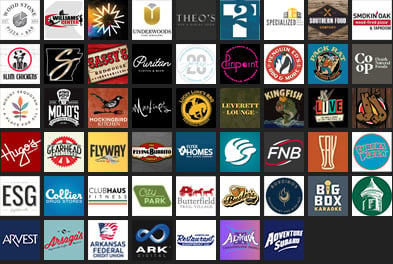
I have a hard time seeing how putting a dog in a crate isn’t cruel. It seems like you’re locking your pet up in a closet. Why do people do it? Do you recommend it?
Bill says: I do highly recommend it, and I assure you it’s not cruel.
Your dog, if trained right, will love his or her crate. He surely likes it a lot more than seeing you all upset because you just stepped in a pile of dog poop, slipped and fell in a pool of dog urine, or had your expensive couch cushion torn to shreds. It’s also much less expensive than replacing carpet throughout the house. (We do sell substantially more “Get Serious” odor and stain remover than crates and exercise pens. That’s just not right).
It is far less cruel than having your pup chew an electric cord and die or be severely injured. It amazes me that people will rush out and buy a crib for a baby that cannot even roll over, but will let a puppy run unsupervised through the house.
A dog’s natural instinct is to seek a den to sleep in. A crate, and I prefer the wire crates over the plastic ones, is his sleeping den if you train him right.
Here are some tips on how to help your pet adjust to his crate. Start by leaving the door open, put towels in the bottom for comfort, and then let him see you place a desirable treat in the back of the crate. Tease him with the treat a little. A little later repeat the treat exercise. He will soon start running into the crate as soon as he sees you reach for the treat. Now, start replacing the treat with a longer lasting chew, close the door for a minute, and then let him out. As you build up the time in the crate and he associates the crate with a pleasant experience, you can start leaving your pet in the create for longer periods. Always give him something desirable to chew on. As he gets older (or if he is an older rescued dog), you can start leaving him in the crate longer as he gets used to it.
A young puppy should not be crated more than four hours until he is at least 16 weeks old. After 16 weeks, most dogs can “hold it” overnight. If you can come home from work during the day to let your pup out for exercise that would be ideal.
The crate is a convenience for us humans and your dog should be out of his crate and spending as much quality time as possible with you and your family. For smaller house dogs that are home all day alone and young puppies that require total supervision, an exercise pen with crate inside, water, toys and a Wee Wee Pad should be provided.
My dogs go to their crate not only willingly, but happily, because they get a treat, chew, or just a good dog pat on the head. The old dogs actually head for their crate on their own when my wife starts yawning.
Purdy says: My crate has a very comfortable bed and I love it. It is really comforting when I travel with Bill to know my bed goes with me while Bill and Jan complain about the uncomfortable bed in the hotel room. Humans are weird sometimes.
If you have a question for Bill, email it to bill(at)luvhappytails.com.
More resources on crate training your dog
» Crate Training – HumaneSociety.org
» Why Crate Train your Dogs – PetMD.com
Note: The opinions expressed in The Pet Scoop are based on Bill’s 40 years of experience in the pet food industry. When in doubt, always consult with your veterinarian about pet health issues.

Bill McQuade is the owner of The Whole Pet, located at 2423 N. College Ave. in Fayetteville. The Whole Pet specializes in nutrition for cats and dogs and offers a wide variety of quality diets in raw frozen, cans and kibble. The store also offers affordable, unique and high quality pet supplies and accessories. Bill is a professional dog handler, and has worked in the pet care business since 1972.


